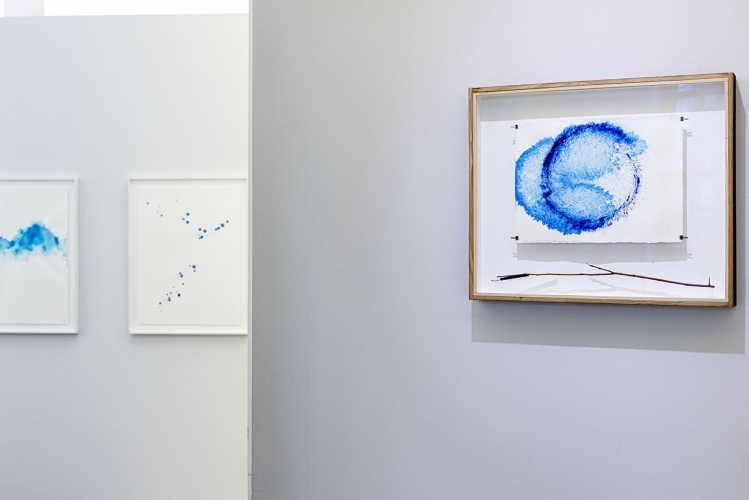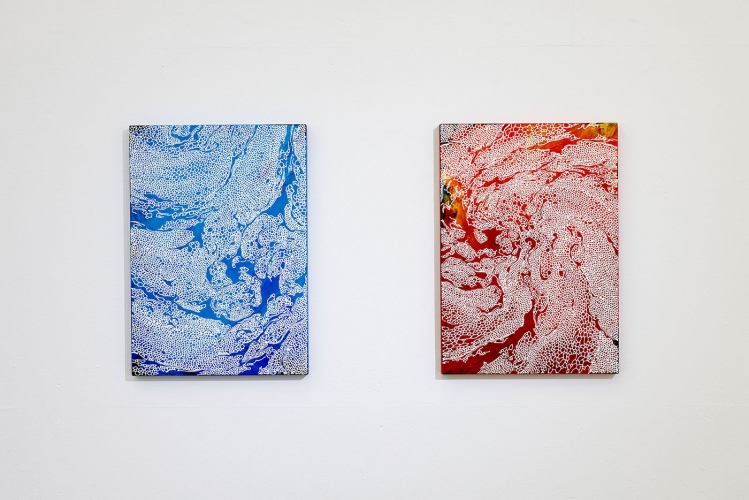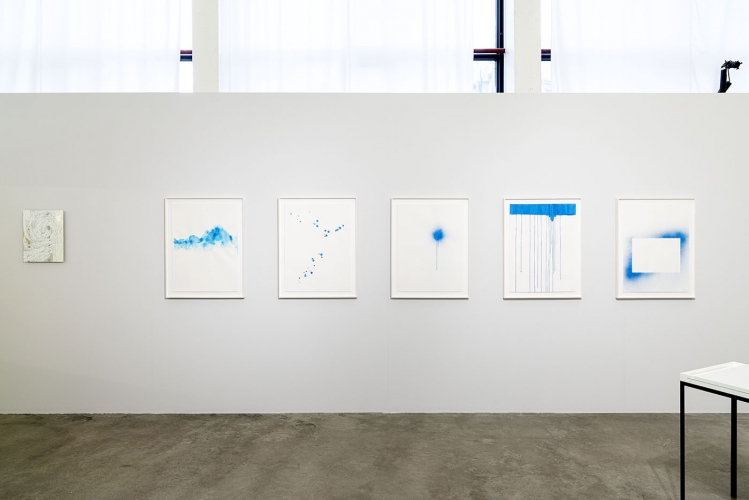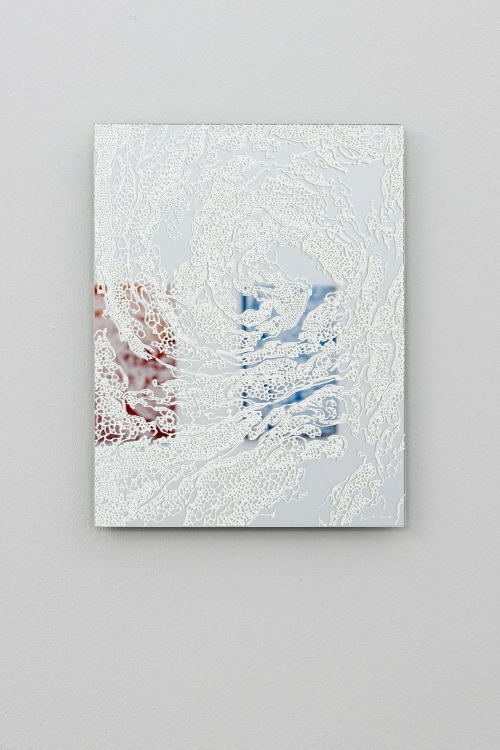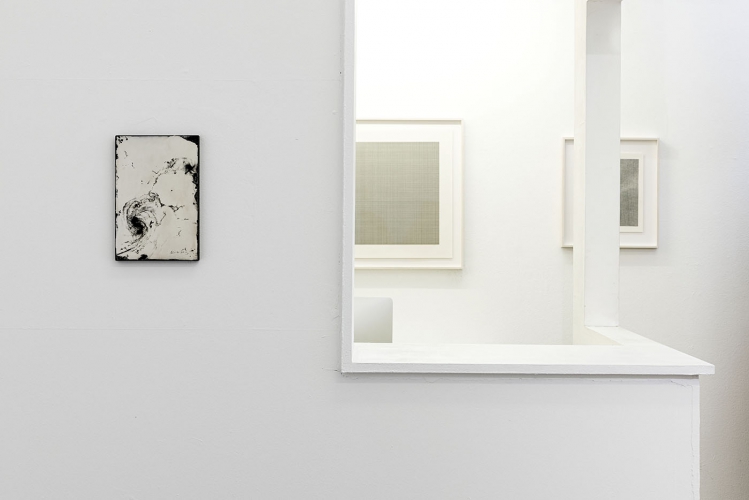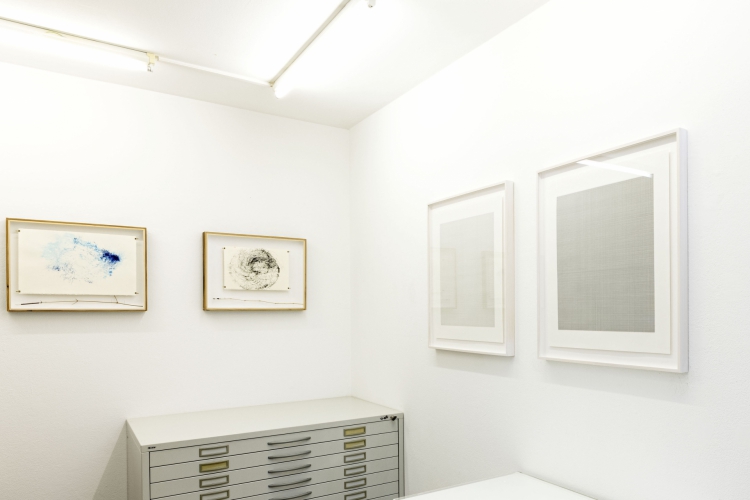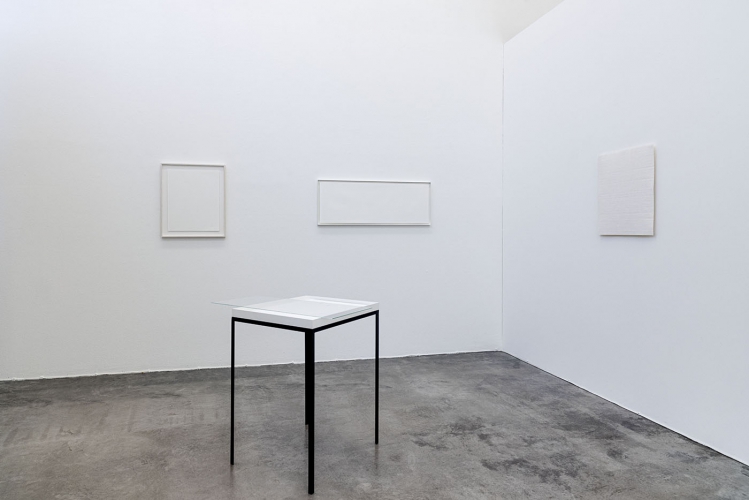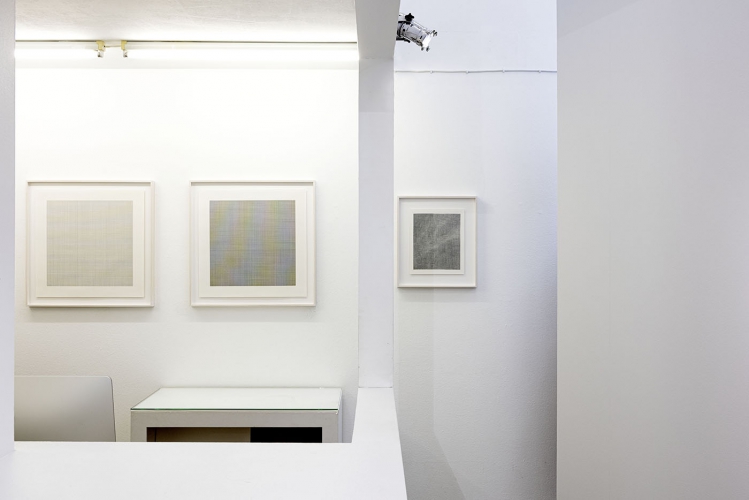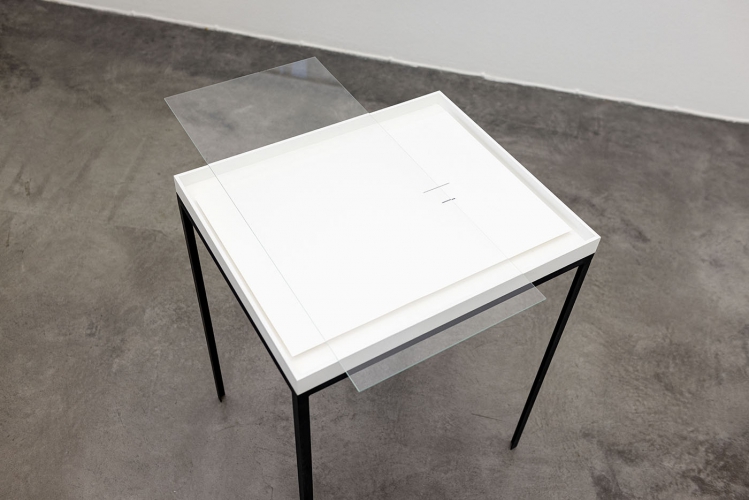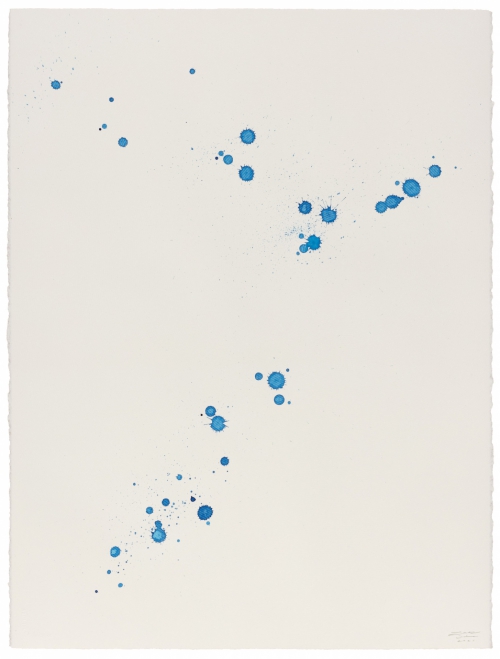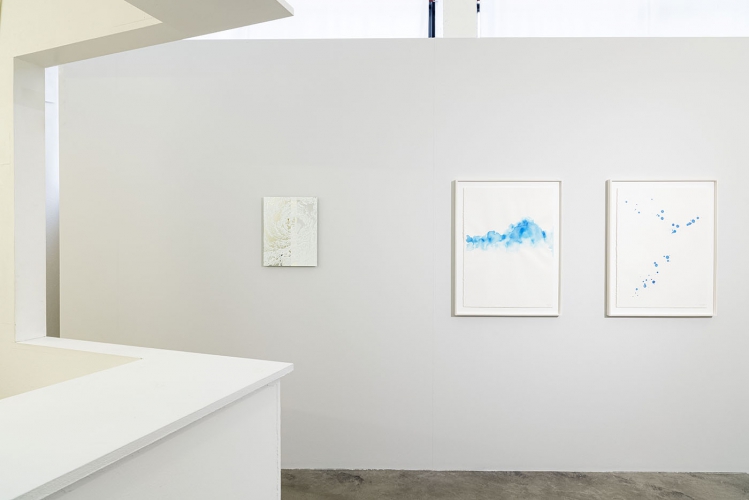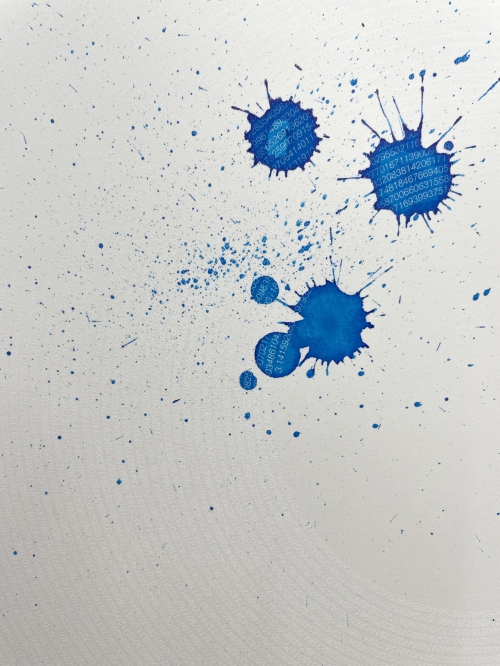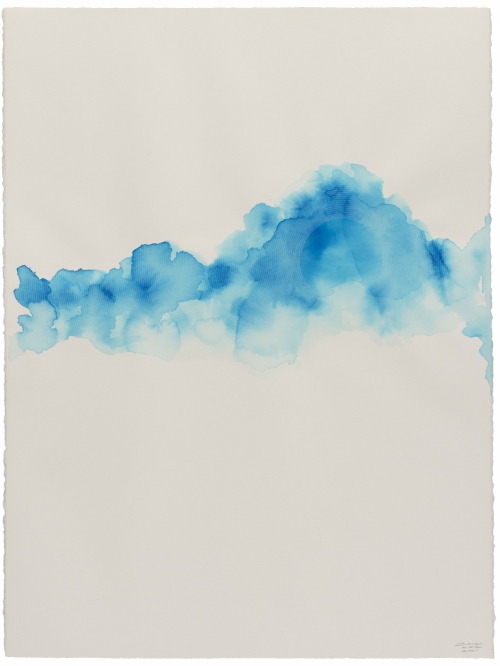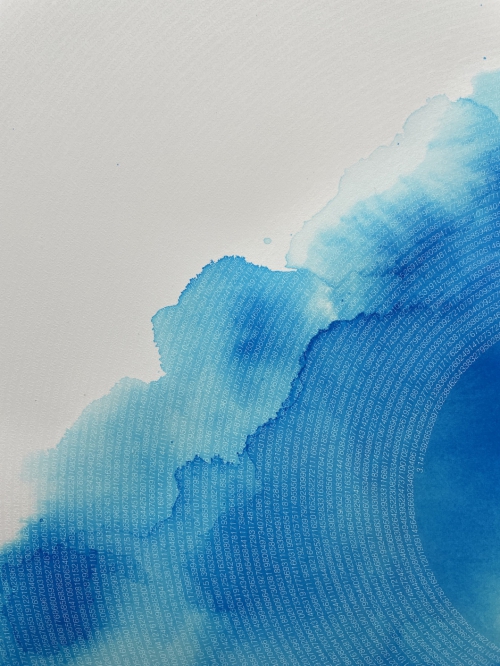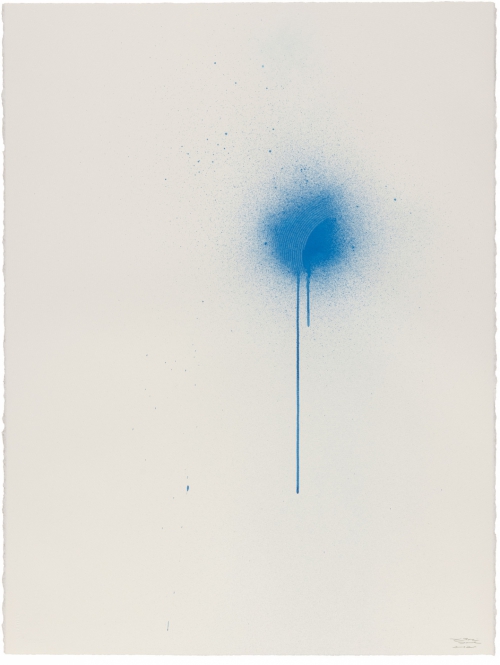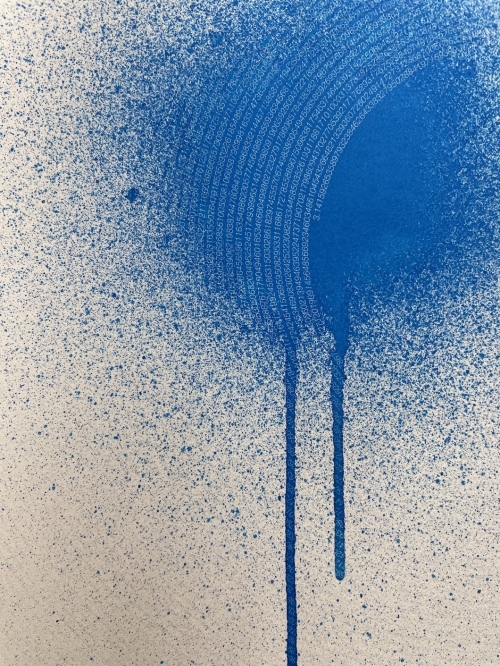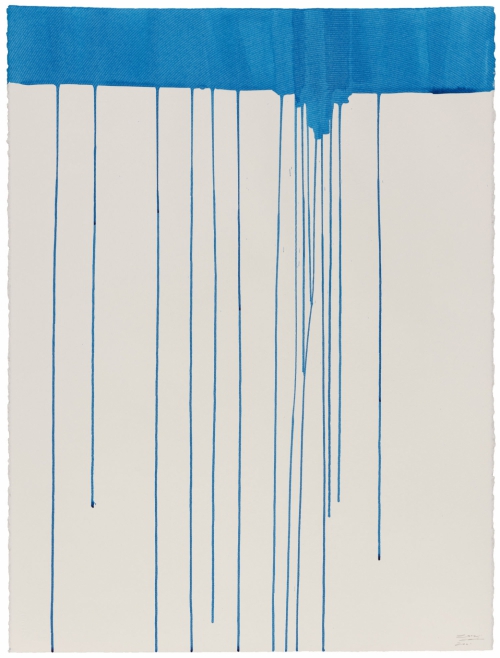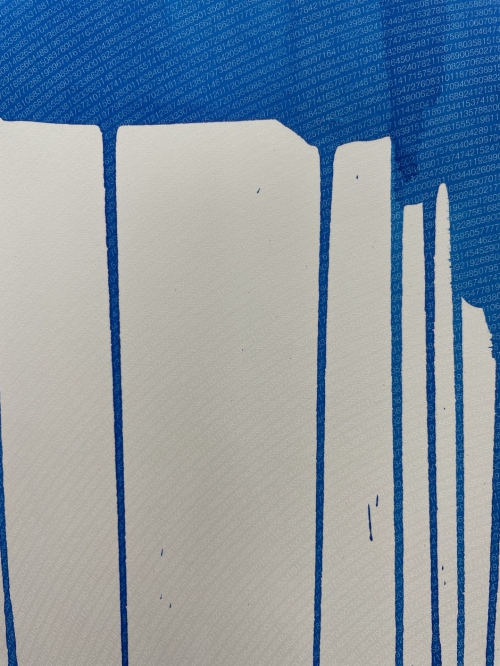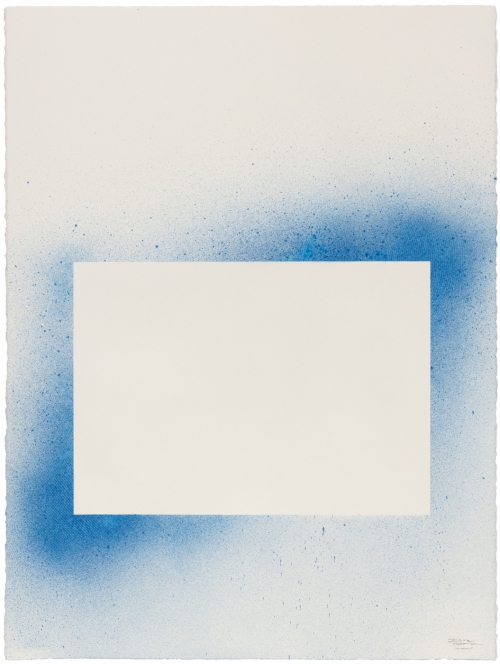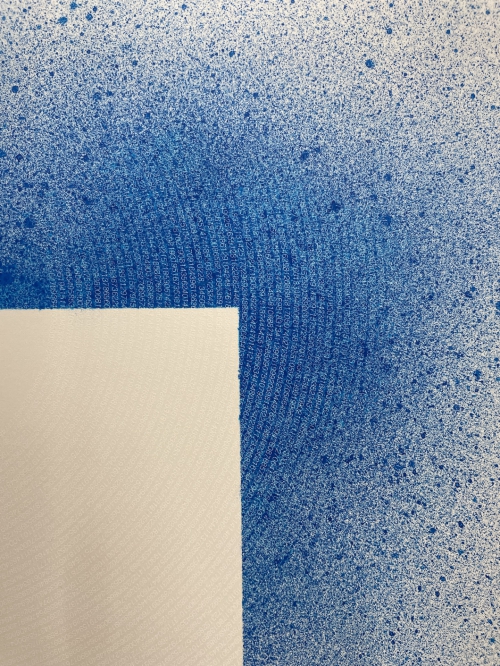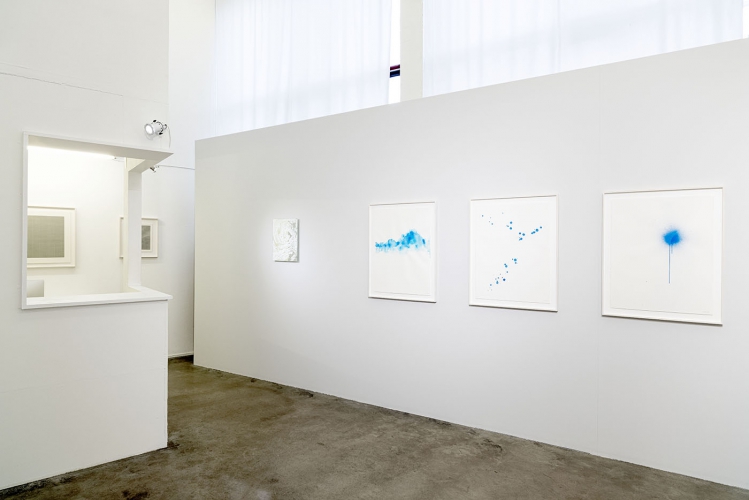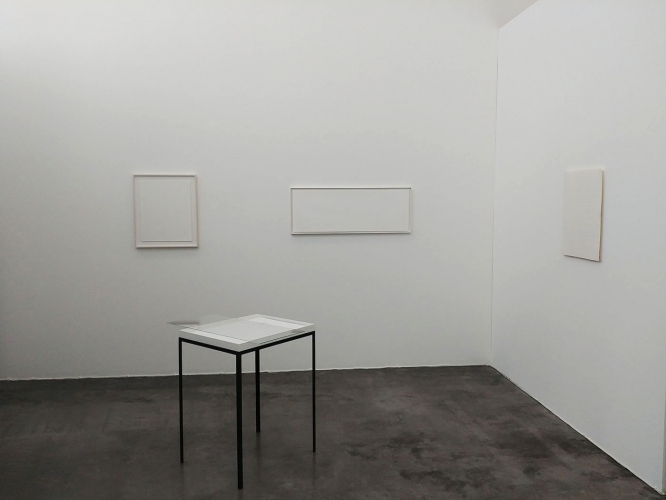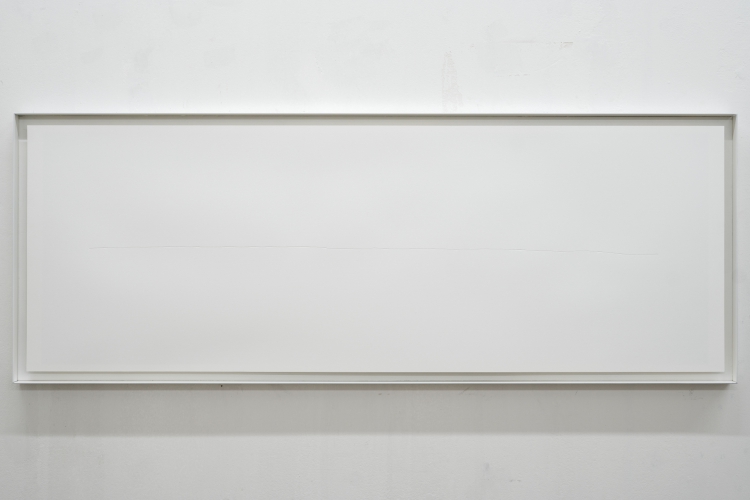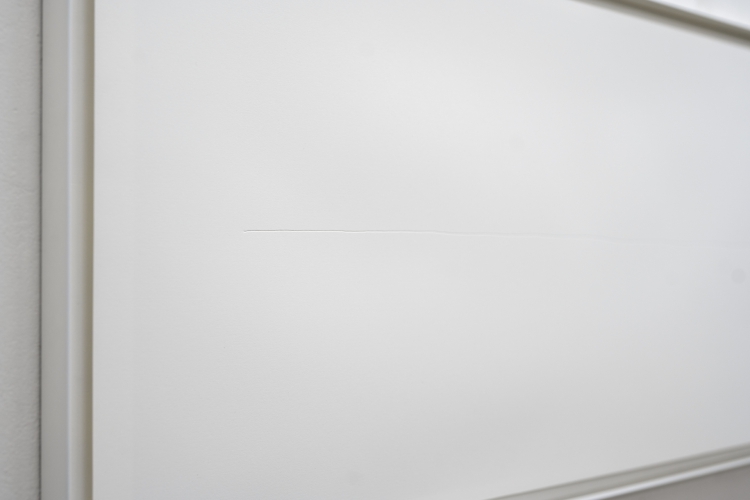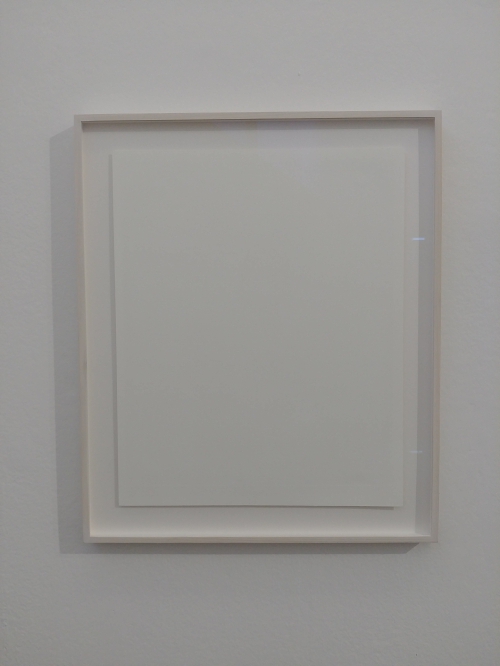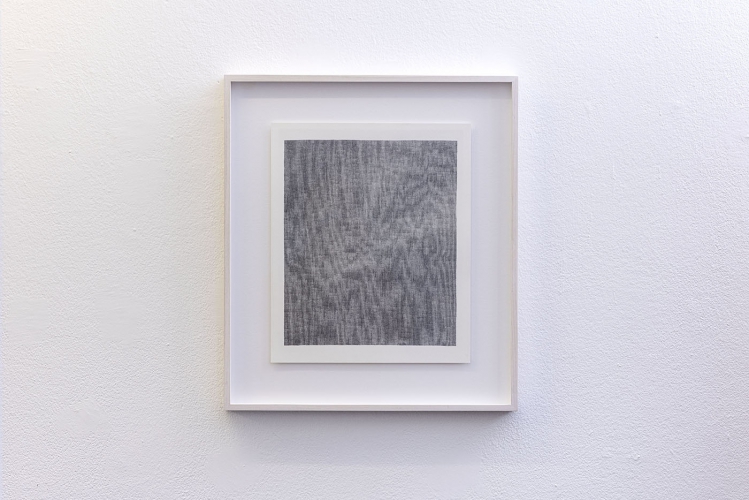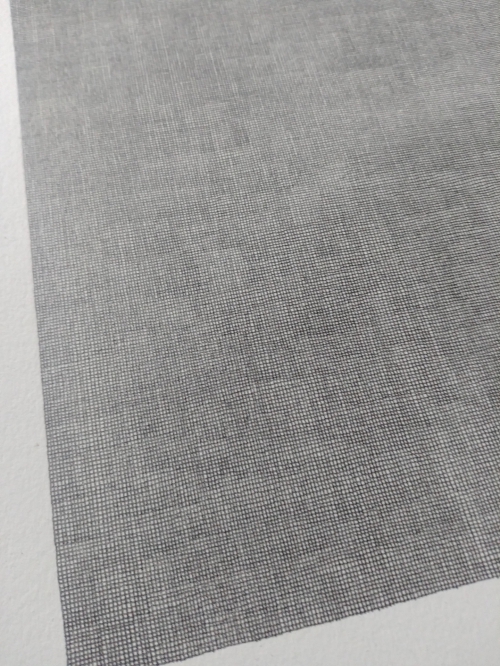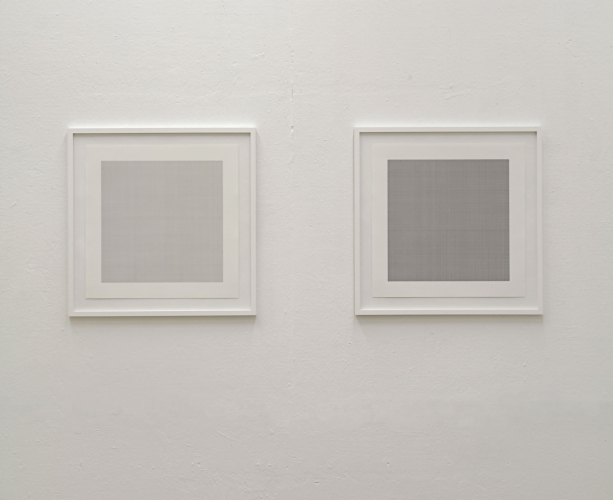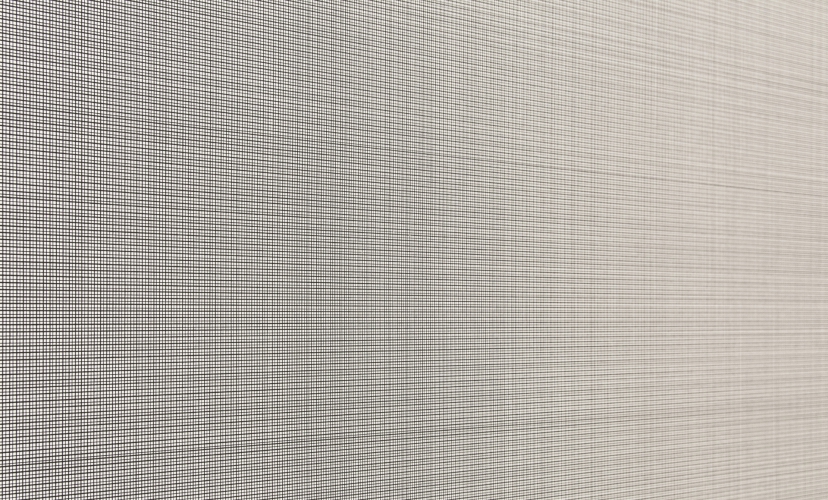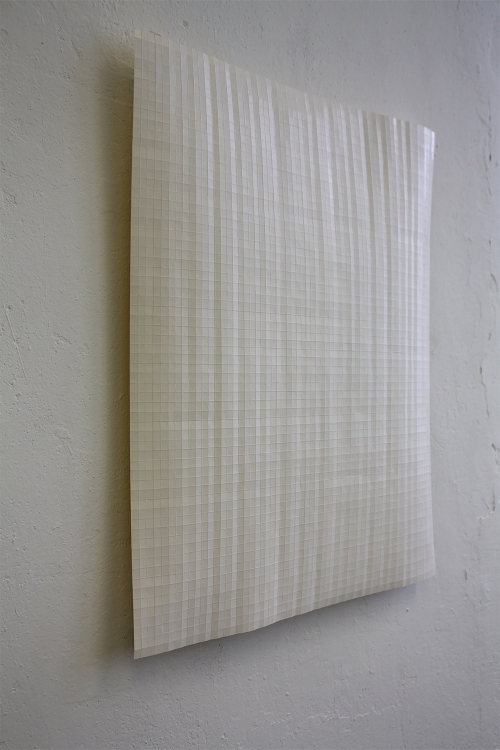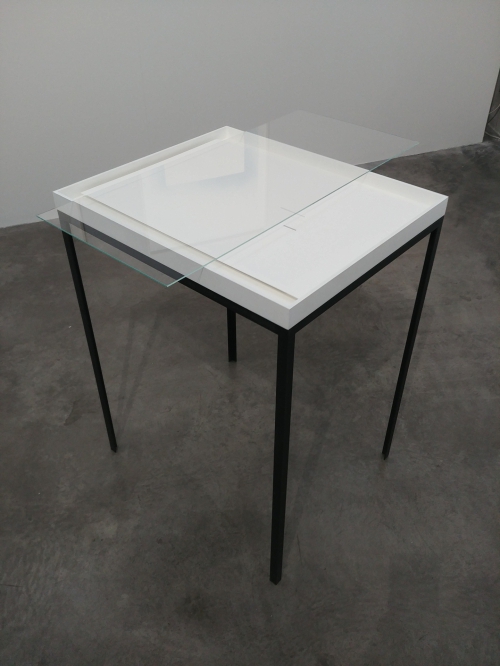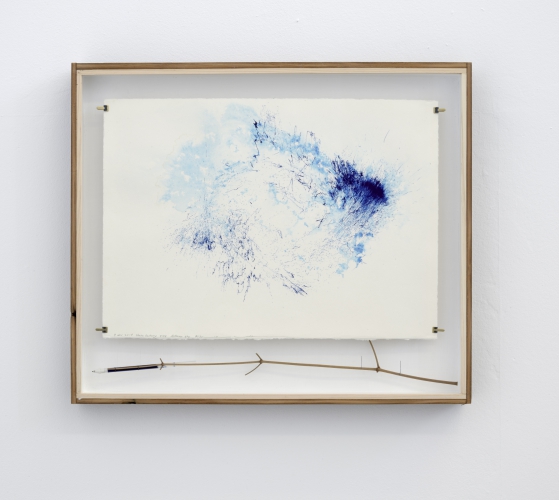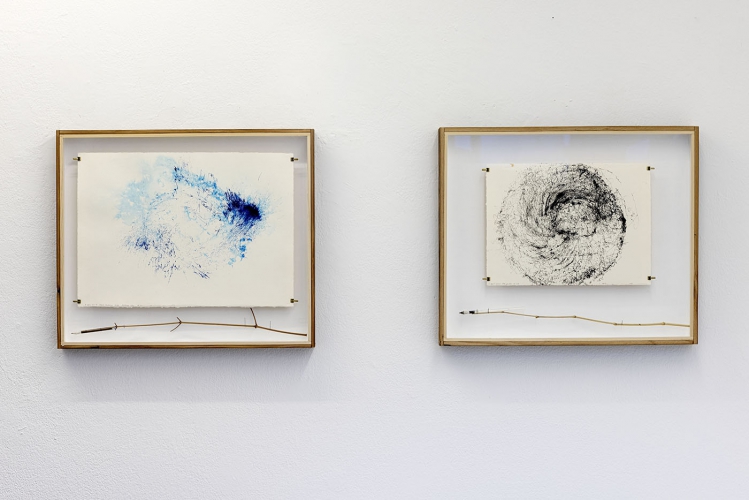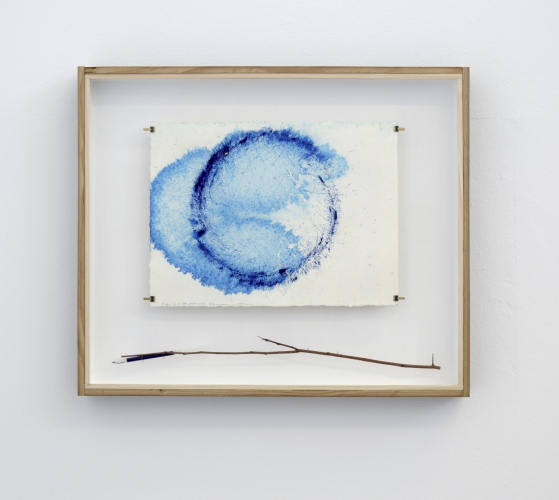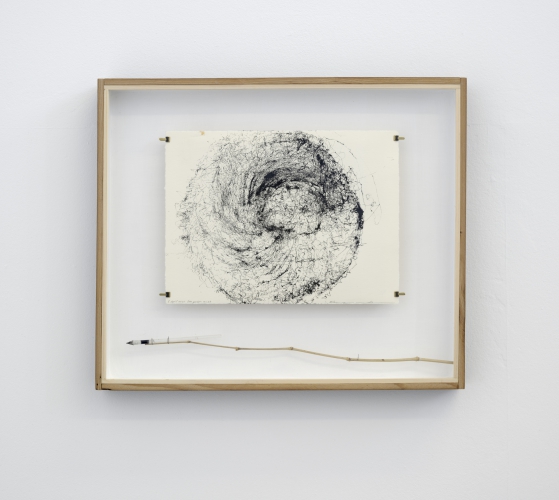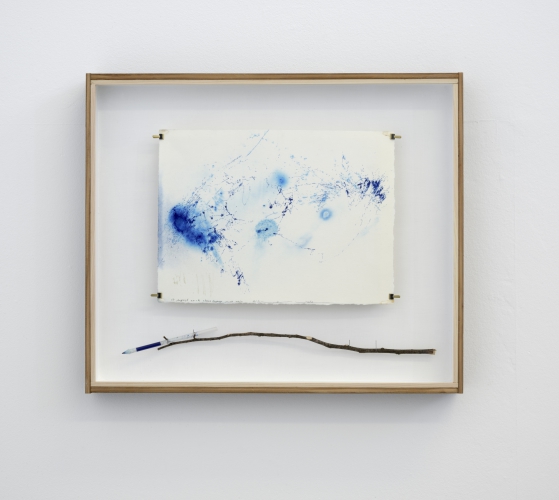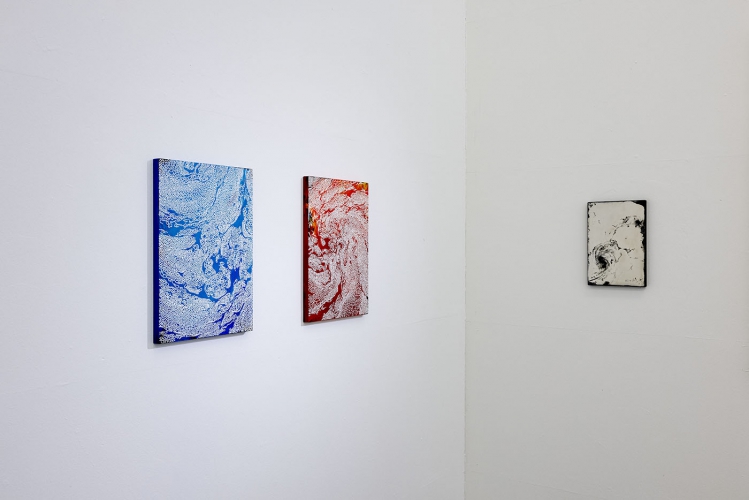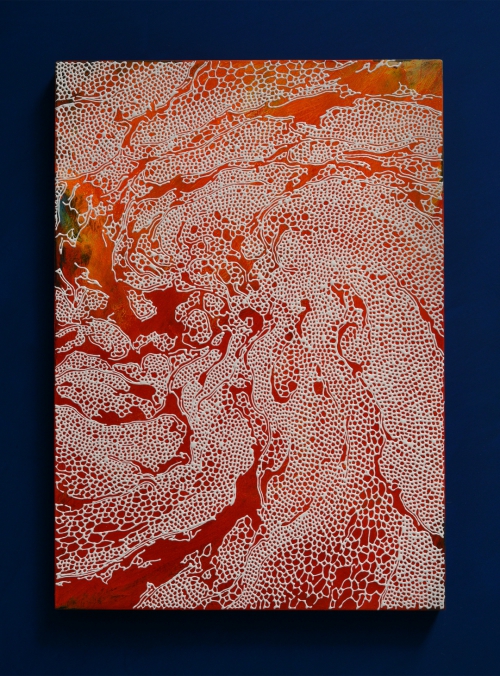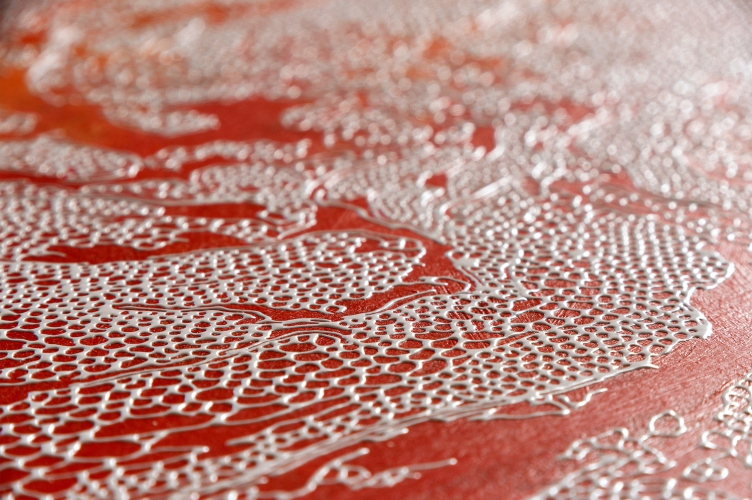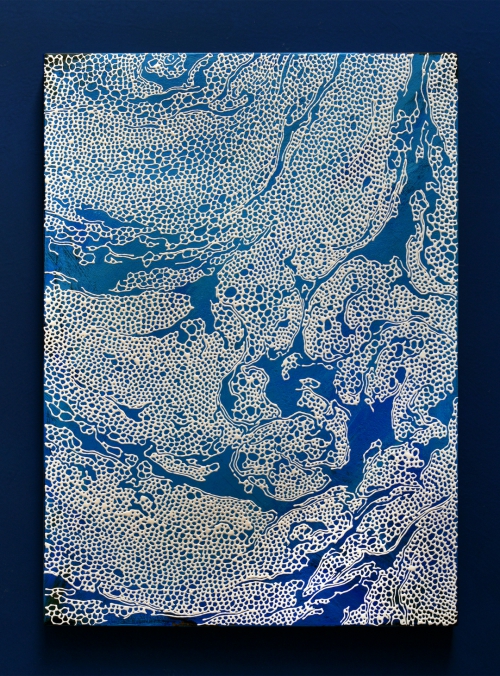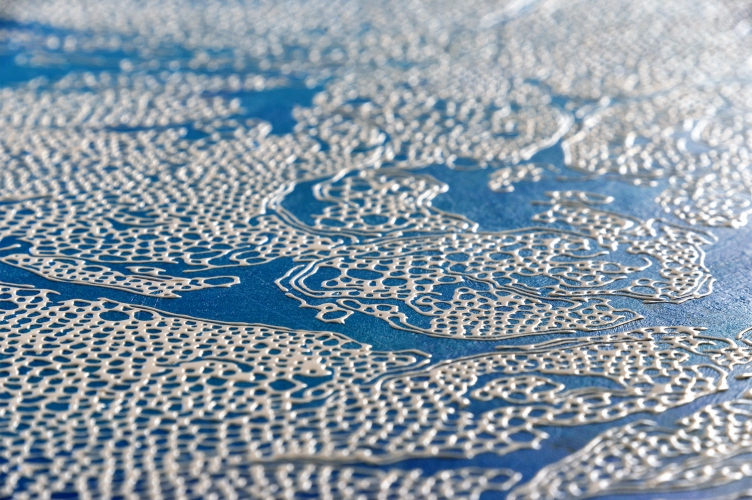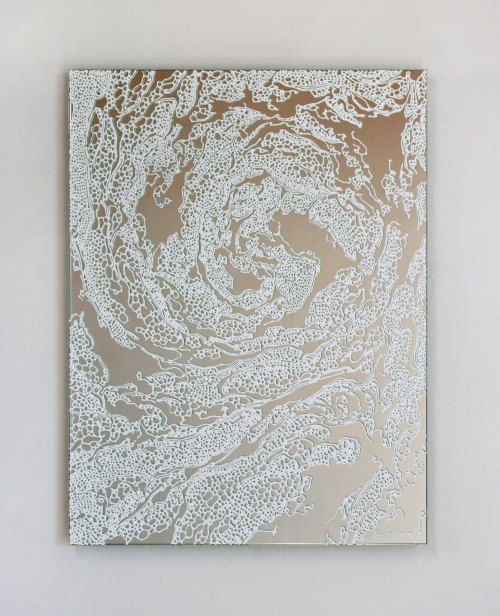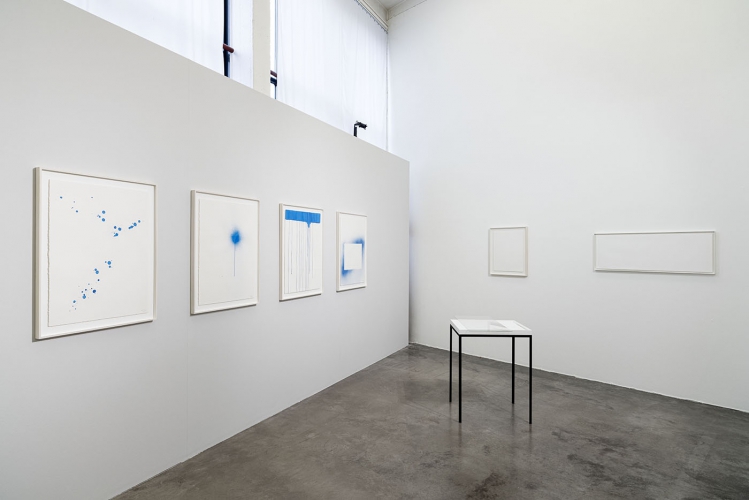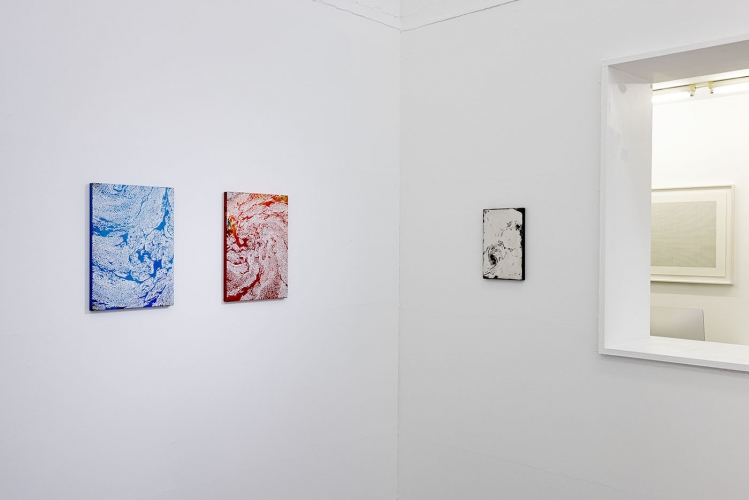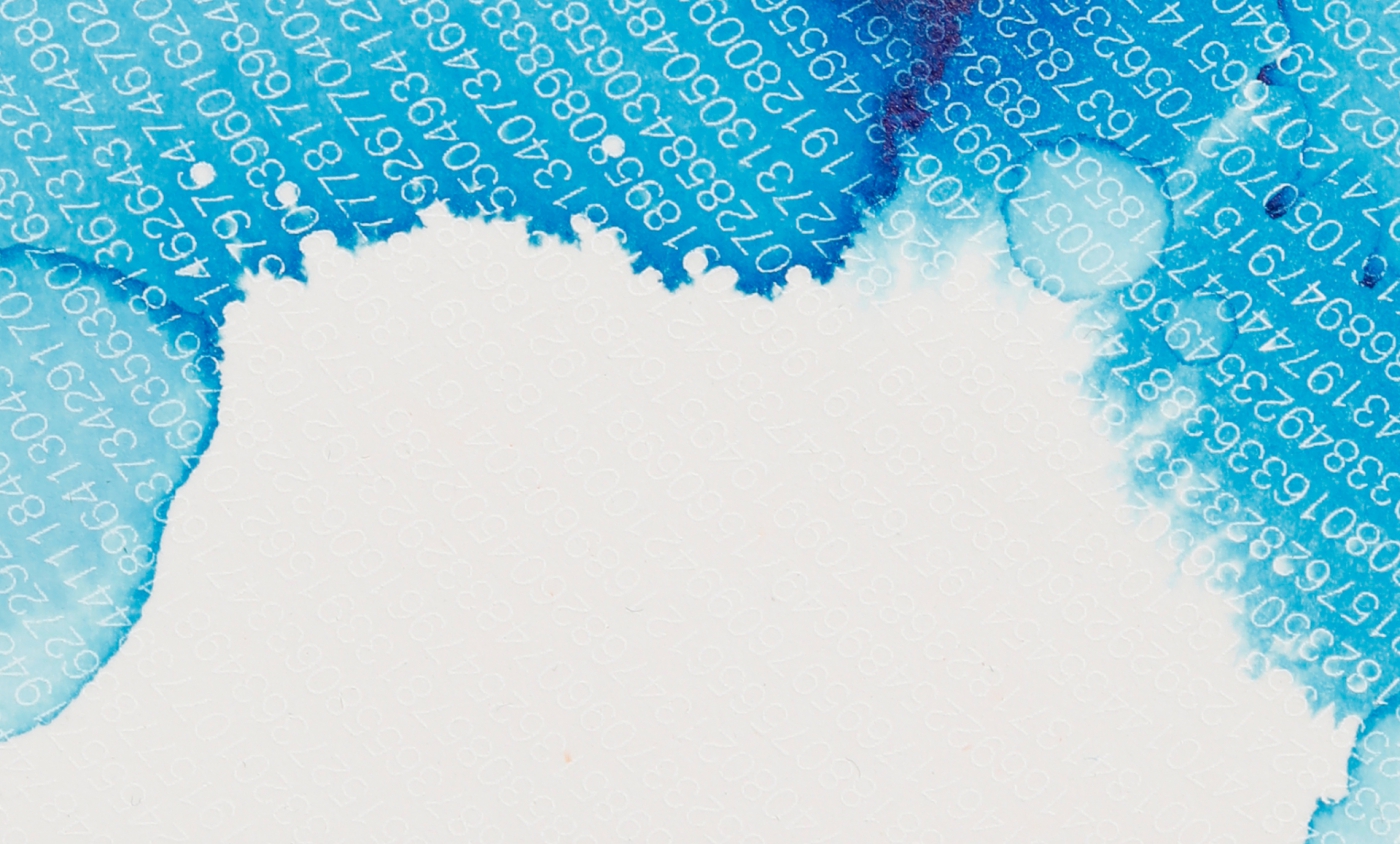
24.04. — 12.06.2021
utakata – THE IMPERMANENCE OF THE MOMENT: Tsuyoshi Hisakado, Taiyoh Mori, Rikuo Ueda, Motoi Yamamoto
We are very pleased to present two new artistic positions with the upcoming group exhibition alongside works by Motoi Yamamoto and Rikuo Ueda: Tsuyoshi Hisakado and Taiyoh Mori. Tsuyoshi Hisakado lives and works in Kyoto and can already look back on an impressive exhibition history. Among other things, the artist took part in the 58th Biennale di Venezia in 2019 and last year showed his first comprehensive solo exhibition at the renowned Toyota Municipal Museum of Art with Practice of Spiral. Taiyoh Mori lives and works in Berlin. He studied both in Japan (design studies, Seian University of Art and Design) and in Germany (painting and graphic arts, Kunsthochschule Halle). His works have been shown in numerous German exhibitions. Our upcoming group exhibition will feature works on paper and glass, some of which are installations, reflecting in different ways on the transience and temporality of all being, but also on the active role of the viewer in the moment of viewing art.
The exhibition title refers to the most famous passage in the book Hōjōki, written by the Japanese writer Kamon no Chōmei (1153-1216). The author uses the metaphor of a moving river with its fleeting whitecaps (utakata) to express the Buddhist concept of transience. The temporality-emphasising character of the exhibited works reveals a preoccupation of all four artists with related themes such as memory and transience. Rikuo Ueda, for example, formulates the process of creation of each work as a self-contained and unrepeatable event through his drawings made with wind, whose characteristic line structures repeatedly illustrate unique interactions of pencil, paper and the force of nature.
Taiyoh Mori, unlike Ueda, draws himself, but restricts himself entirely to only one fundamental element of the genre: the line. It serves the artist as a guideline to examine, according to his own statements, the relationship between material, artist and quality of the work. Mori adds a spatial-temporal component to his drawings by incorporating glass and naturally or artificially produced light. Shadow is therefore introduced into his installations. The works thus come into direct contact with their respective environment, react to changes and are consequently in a state of continuous change. The moment of contemplation is thus always unique and transient.
Tsuyoshi Hisakado traces site-specific stories and memories in his installations that span several spaces and combine sound, light and everyday objects. They function like theatre pieces choreographed for permanent randomness. Components are switched on and off at ever changing times thanks to pre-programmed software. With the help of these controlled coincidences, Hisakado seeks to draw the visitor's attention to the special features of space. The exhibition space thus becomes a realm for experiencing history and at the same time a projection surface for one's own experiences and thoughts; a concern that is also reflected in his silkscreen works. The regularly recurring number pi and circular shapes function as metaphors for universal and absolute phenomena.
Motoi Yamamoto works mainly with the raw material salt, which he pours into large-scale, often labyrinthine floor installations in a drawing-like manner. These temporary works not only symbolise transience, but are also a work against forgetting; forgetting precious memories of his sister and wife who died too soon. With his drawings on mirror glass, the artist expands on this concept and, like Mori and Hisakado, creates a work of art that is open to its surroundings and, through its continuous updating, impressively demonstrates the impermanence of the moment.
The exhibition is supported by the Stiftung Kunstfonds and the special funding programme NEUSTART KULTUR.
Tsuyoshi Hisakado / Courtesy: OTA FINE ARTS http://www.otafinearts.com
